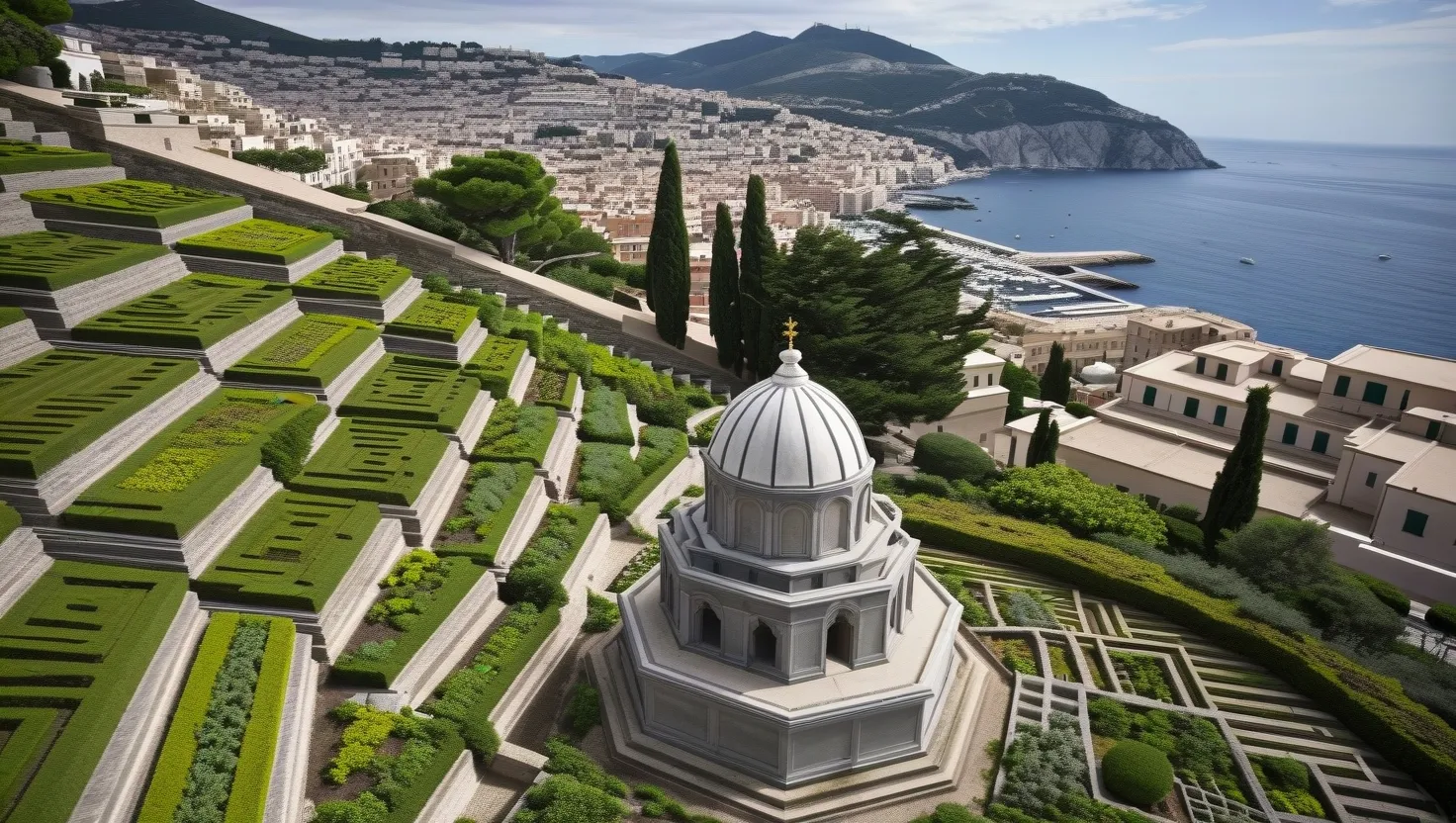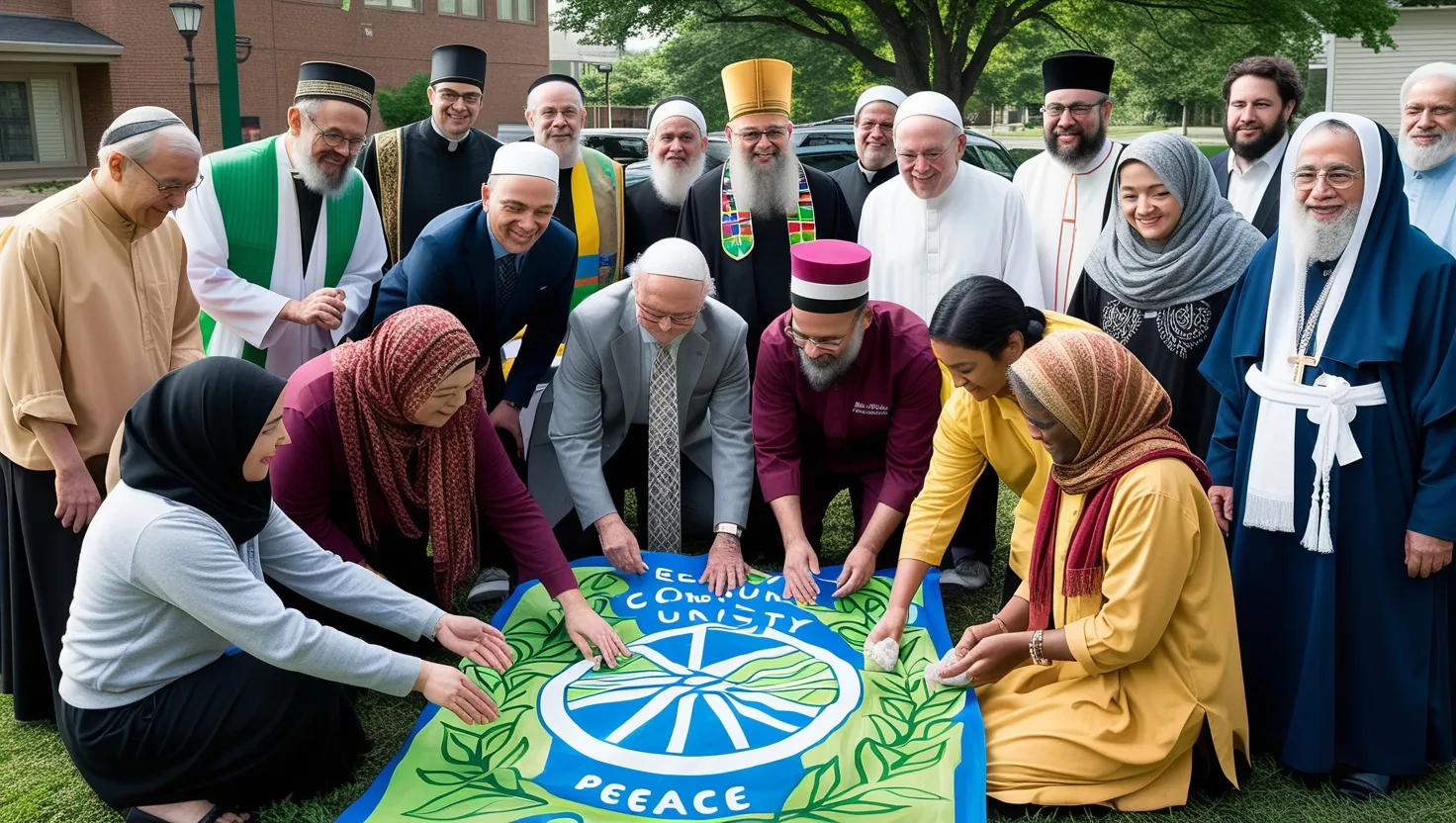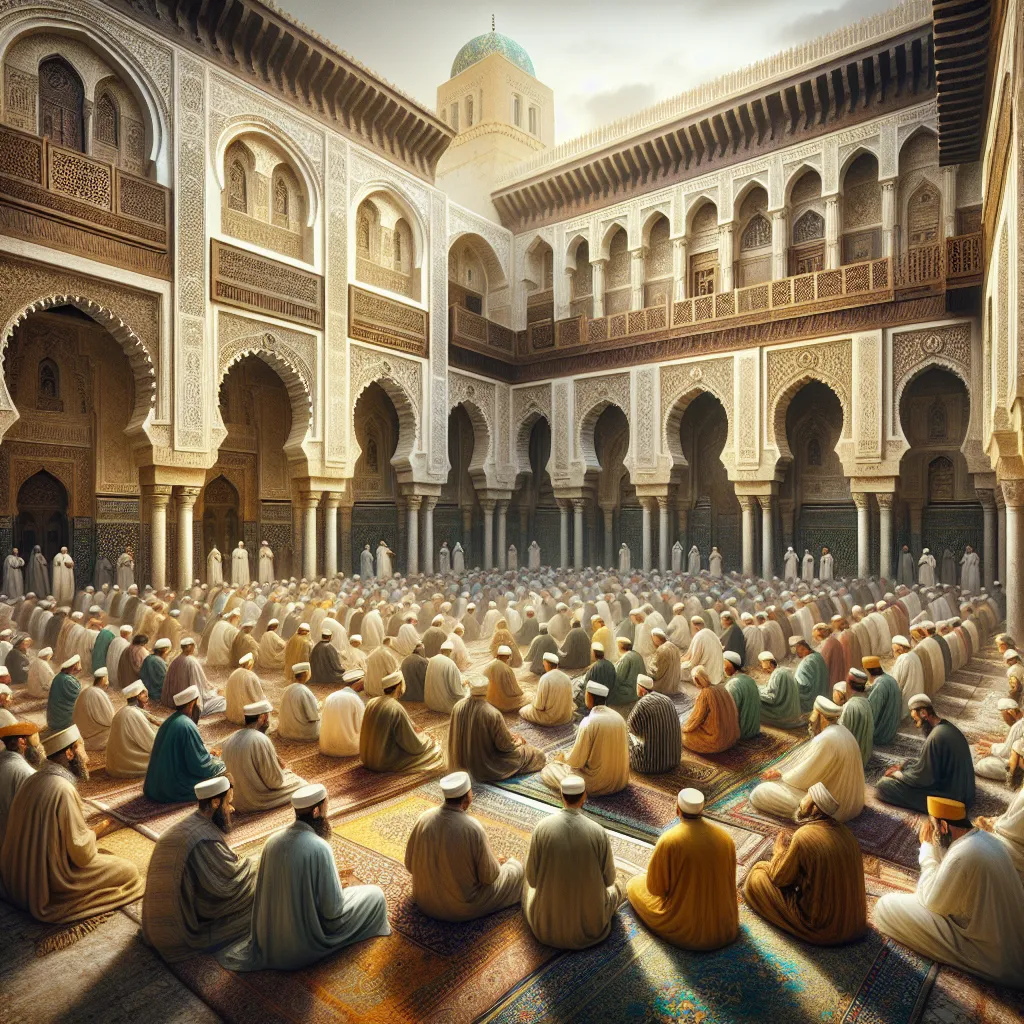As you ascend the slopes of Mount Carmel in Haifa, Israel, you are greeted by one of the most breathtaking and spiritually significant landscapes in the world: the Bahá’í Gardens, often referred to as the Hanging Gardens of Haifa. These gardens are more than just a beautiful tourist attraction; they are a physical manifestation of the Bahá’í Faith’s core principles, blending spiritual symbolism, architectural precision, and environmental stewardship in a way that is both awe-inspiring and deeply meaningful.
The Bahá’í Gardens in Haifa consist of 19 meticulously designed terraces that stretch almost a kilometer up the side of Mount Carmel. This grand design is not merely aesthetic; it is deeply rooted in the spiritual and historical context of the Bahá’í Faith. The central terrace houses the Shrine of the Báb, one of the most sacred sites for Bahá’ís worldwide. The Báb, the prophet-founder of the Bábí Faith, is considered the herald of the Bahá’í Faith, and his shrine serves as a focal point for the entire garden complex.
The design of the gardens is a masterclass in geometric precision. Nine concentric circles form the basis of the 18 terraces, with the Shrine of the Báb at the center. This design reflects the Bahá’í emphasis on unity and the interconnectedness of all things. The number 19, which includes the 18 terraces plus the central shrine, holds significant spiritual meaning in both the Bahá’í and Bábí religions, symbolizing unity and perfection.
One of the lesser-known aspects of these gardens is their ecological design. The irrigation system, controlled by a computer that adjusts water distribution based on meteorological data, ensures that water is used efficiently, minimizing waste through evaporation. This system, which operates primarily at night and early morning, is a testament to the Bahá’í commitment to environmental stewardship. The gardens feature drought-tolerant plants and a closed water circulation system, further emphasizing the faith’s emphasis on preserving natural resources.
The Bahá’í Gardens are not isolated from their surroundings; they are carefully integrated into the local landscape. Elements of Persian, English, and local garden designs are seamlessly blended, creating a unique and harmonious environment. For instance, the gardens include geometric flowerbeds reminiscent of Persian gardens, as well as English garden elements like marble columns and decorative urns. This blend of styles reflects the Bahá’í principle of unity in diversity, celebrating the beauty that arises from the integration of different cultures and traditions.
These gardens serve as more than just a place of worship; they are a major tourist attraction and a significant contributor to the local economy. In 2013, nearly a million tourists and thousands of Bahá’í pilgrims visited the gardens, making them one of the most visited sites in Israel. Haifa’s Mayor has described the gardens as the “eighth wonder of the world,” highlighting their beauty and significance.
The impact of the Bahá’í Gardens extends beyond their immediate surroundings. They have become a model for urban planning and religious tourism worldwide. The gardens demonstrate how sacred spaces can be designed to be both spiritually meaningful and environmentally sustainable. This approach has inspired other religious and cultural sites to adopt similar practices, blending spirituality with environmental responsibility.
The gardens also reflect the historical and cultural context of the Bahá’í Faith. Bahá’u’lláh, the founder of the Bahá’í Faith, lived his last years in nearby Akko, and his remains are buried in the Bahjí gardens, another sacred site for Bahá’ís. The connection between these sites in Haifa and Akko underscores the faith’s emphasis on the continuity of religious history and the importance of pilgrimage.
For Bahá’ís, these gardens are not just beautiful landscapes but also sacred pathways. The radial paths leading to the Shrine of Bahá’u’lláh are designed to guide pilgrims on a spiritual journey, evoking thoughts and feelings that are deeply personal and profound. The use of circular elements and geometric shapes in the garden design is highly symbolic, reflecting the faith’s teachings on unity, harmony, and the interconnectedness of all things.
The maintenance of these gardens is a community effort, funded solely by Bahá’í donations. This communal approach to preserving sacred spaces highlights the faith’s emphasis on collective responsibility and the importance of community in spiritual life.
In addition to their spiritual significance, the Bahá’í Gardens in Haifa and Akko have been recognized as UNESCO World Heritage Sites. This recognition underscores their universal value as places of pilgrimage and their importance in the cultural and religious heritage of humanity.
As you walk through the Bahá’í Gardens, you are not just experiencing a beautiful landscape; you are immersing yourself in a living expression of spiritual principles. The gardens embody the Bahá’í teachings on unity, diversity, and the harmony between nature and human spirituality. They serve as a reminder that our surroundings can reflect our inner qualities and that beauty, when combined with meaning, can be a powerful force for spiritual growth and community building.
The Bahá’í Gardens are a testament to the power of design and spirituality to transform urban landscapes. They show us that even in the heart of a bustling city, there can be spaces of profound beauty and deep spiritual significance. As we navigate the complexities of modern life, these gardens offer a serene and inspiring example of how we can integrate our spiritual lives with our physical environment, creating spaces that nourish both the soul and the earth.






